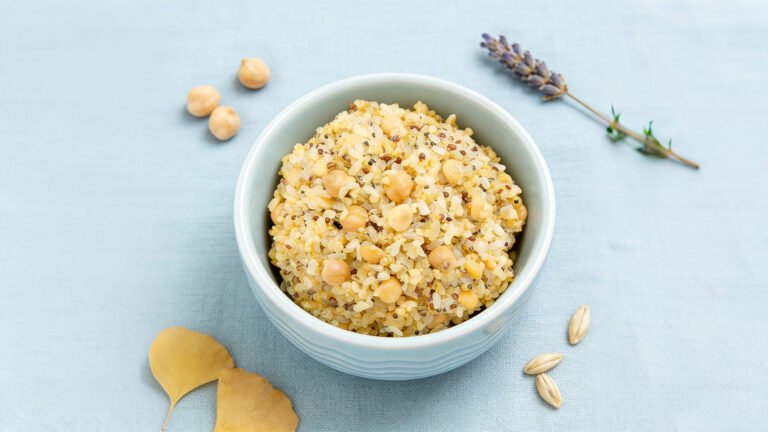
Contact Us through info@lovekonjac.com
As the low-carb diet continues to rise in popularity, many are searching for alternatives to high-carb foods like rice. For those on a ketogenic or low-carb diet, traditional rice may no longer be an option due to its high carbohydrate content. Luckily, there are plenty of low-carb rice alternatives, with konjac rice being one of the best choices.

Carbohydrates are one of the three macronutrients (along with protein and fat) that provide energy for the body. When you eat foods high in carbohydrates, your body breaks them down into glucose (sugar), which is used for energy. However, not all carbohydrates are created equal. There are two main types:
– Simple Carbohydrates: Found in sugars and processed foods, these carbs are quickly digested, causing spikes in blood sugar and insulin levels.
– Complex Carbohydrates: Found in whole grains, vegetables, and legumes, these carbs take longer to digest and provide more sustained energy.
While carbohydrates are a vital energy source, consuming too many, particularly refined or simple carbs, can lead to weight gain, insulin resistance, and blood sugar spikes. This is why low-carb diets have become popular for people looking to manage their weight, blood sugar levels, or even reduce the risk of certain diseases like type 2 diabetes.
But what’s life without rice and pasta? We say, not very exciting. Fortunately, there’s a solution to make your low-carb pasta and low-carb rice dreams a reality.
WE LOVE RICE, BUT…
In addition to the carbs, rice is also kind of a pain to prepare. Cooking classic rice is a bit of an art. It takes a lot of time to get it right. If you’re even a few minutes off or don’t have the correct water ratio, your rice will be gloppy, chewy, or hard.
On top of the time and fussiness factors, rice is a high carbohydrate food.
Carbs in white rice: 28 g per 100g

There are several alternatives to traditional rice that are much lower in carbohydrates and suitable for those on a low-carb diet:
– Cauliflower Rice: Cauliflower rice is made by grating or processing cauliflower into rice-sized pieces. It’s low in carbs, high in fiber, and packed with vitamins C and K. With its subtle flavor, it can be used in a variety of dishes.
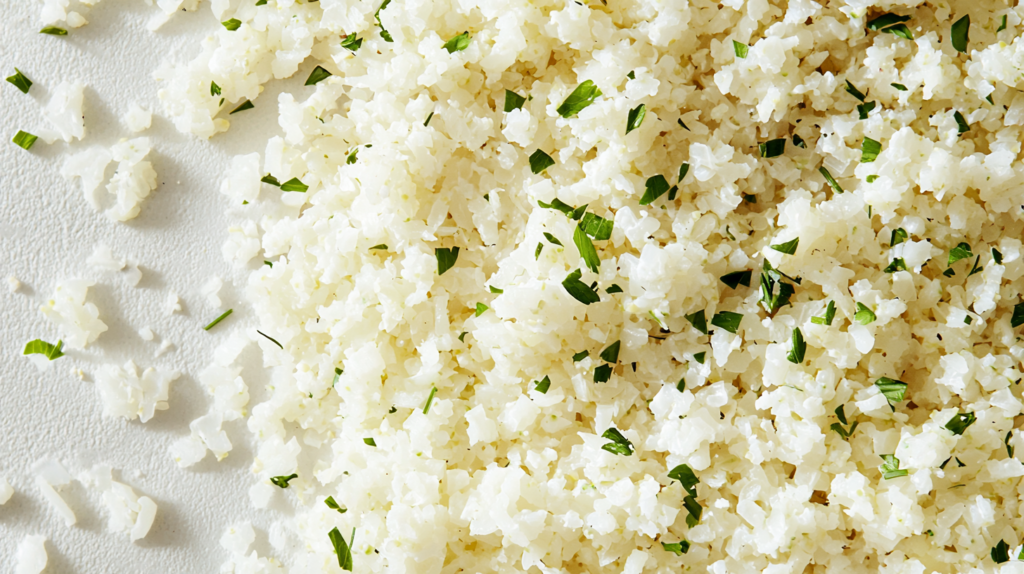
– Broccoli Rice: Similar to cauliflower rice, broccoli rice is made by chopping broccoli into small pieces. It offers a slightly different taste and provides a good source of fiber and nutrients like vitamin C and iron.
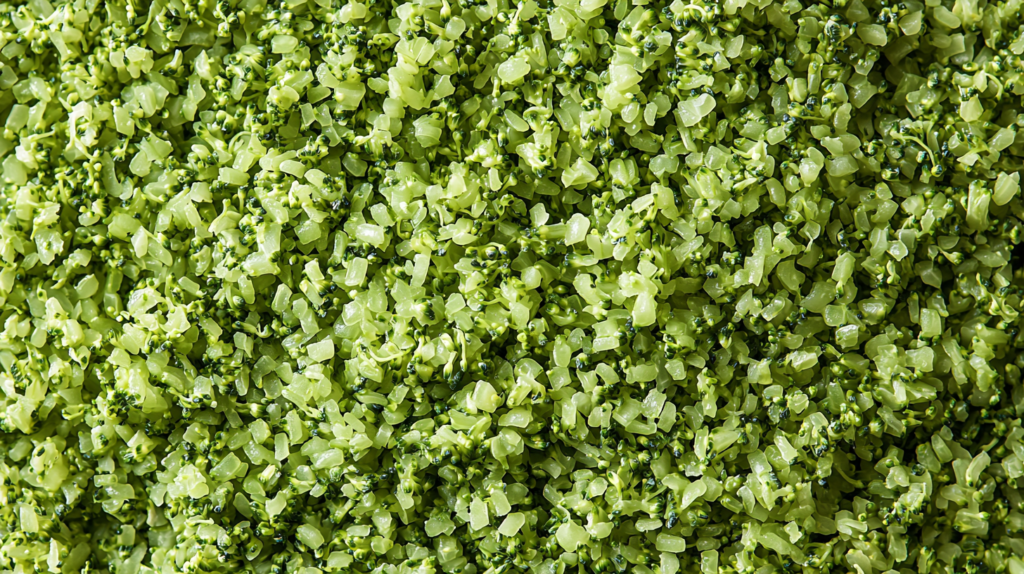
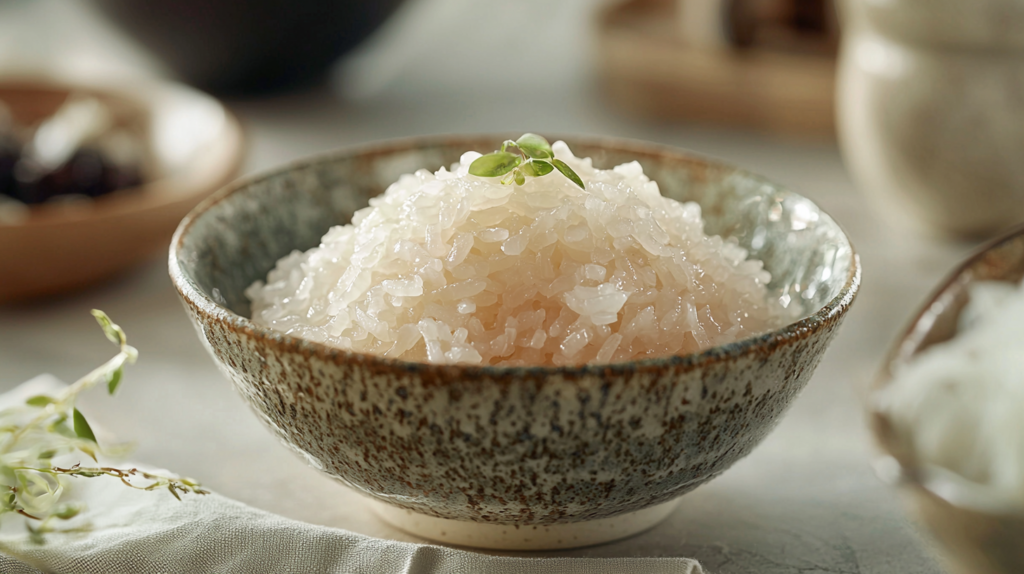
Although options like cauliflower, broccoli, and cabbage rice are all great low-carb substitutes for traditional rice, they’re often watery, retaining the taste of their vegetal origins. If you’ve given up rice to cut carbs, don’t fret because we’re about to introduce you to Konjac Rice.
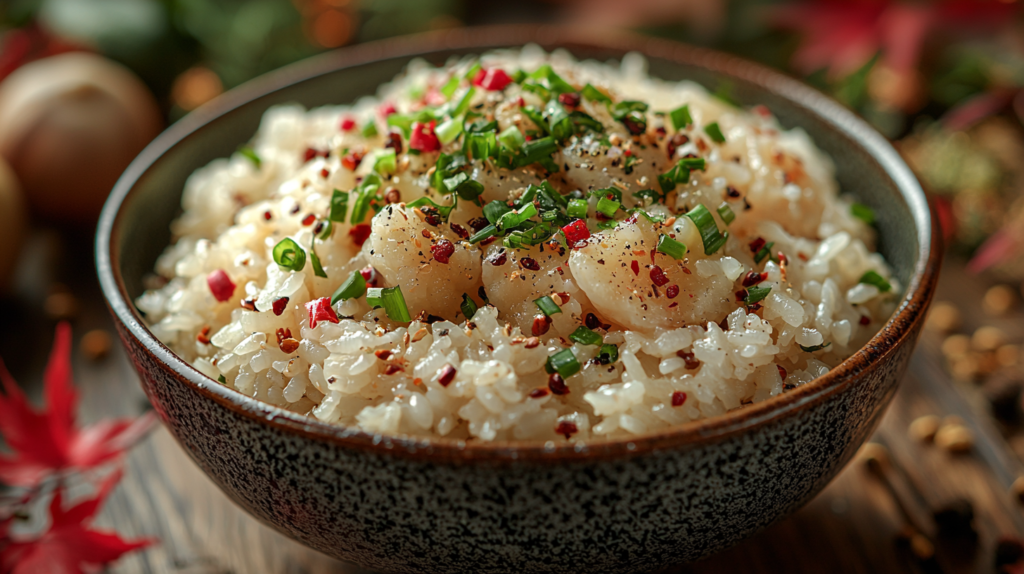
Konjac rice, also known as shirataki rice, is made from the root of the konjac plant, which is primarily composed of glucomannan, a dietary fiber that absorbs water to create a gel like texture. This results in rice that feels closer to traditional rice than vegetable-based alternatives, while being extremely low in carbohydrates.
1.Virtually Zero Carbs
One of the standout features of konjac rice is its extremely low carb content. It contains less than 0.2 gram of carbohydrates per serving, making it an ideal choice for people on strict low-carb or ketogenic diets. Compared to alternatives like cauliflower rice (which has around 5 grams of carbs per 100g), konjac rice is a much lower-carb option.
2.Low in Calories
Konjac rice has only 9 calories per serving, significantly lower than traditional rice (which contains over 200 calories per cup). This makes it a great option for those looking to reduce calorie intake for weight loss or maintenance.
3.High in Fiber
The glucomannan fiber found in konjac rice helps promote digestion, stabilize blood sugar levels, and may help control appetite by increasing satiety, making you feel full longer.
4.Gluten-Free and Vegan-Friendly
Konjac rice is naturally gluten-free, making it suitable for people with celiac disease or gluten sensitivities. It’s also plant-based, making it an excellent choice for vegans and vegetarians.
Cooking konjac rice is incredibly simple:
You can use konjac rice in the same way you would use regular rice—pair it with stir-fries, curries, or even sushi for a low-carb twist on your favorite dishes.
To help you understand how konjac rice compares to other options, here’s a quick comparison:
Nutrient | Konjac Rice | White Rice | Cauliflower Rice | Broccoli Rice |
Energy | 35kJ/9kcal | 544kJ/130kcal | 105kJ/25kcal | 122kJ/29kcal |
Protein | 0g | 2.69g | 1.9g | 3.53g |
Fat | 0g | 0.28g | 0.3g | 0g |
Carbs | 0.2g | 28.2g | 5g | 4.71g |
Dietary Fiber | 3.9g | 0.4g | 2g | 3.5g |
Soduim | 2.8mg | 0mg | 30mg | 29mg |

If you’re on a low-carb diet or looking to reduce your calorie intake, konjac rice offers a fantastic alternative to traditional rice. With virtually zero carbs, minimal calories, and added fiber benefits, konjac rice is a must-try for anyone who misses the texture and satisfaction of rice. Give it a try and enjoy all your favorite rice-based dishes without the guilt.
Ready to enjoy konjac rice? Shop Konjac Rice today and explore the best low-carb option for your diet!